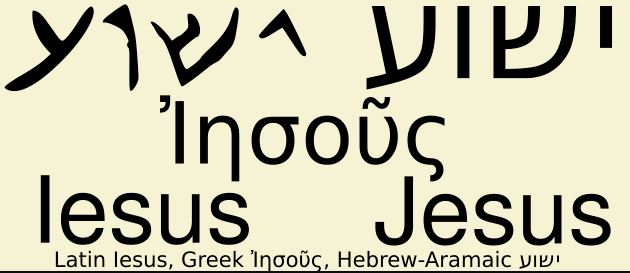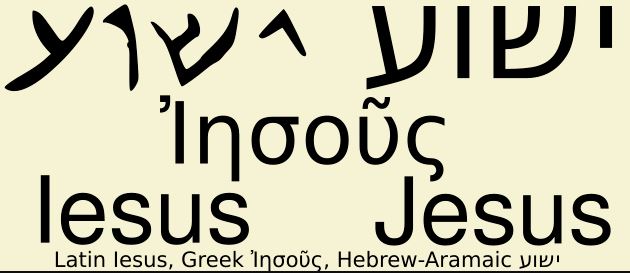When was the letter J invented? And how can a letter even be invented? It’s not a lightbulb, a transistor radio, or an iPhone.
The letter J’s fascinating history starts in 1524 in Italy. At the time, people sometimes pronounced an I as a vowel and other times as a consonant. Gian Giorgio Trissino, an Italian writer and scholar, argued that the Italian language needed a letter to distinguish the two sounds.
The Letter J’s Father
The letter J has a father—Gian Giorgio Trissino. Trissino was a busy guy who did more than invent letters. Among his firsts, he was
- the first to compose an Italian epic in blank verse (Italia liberata da Gothi, 1547–148),
- the first to write a formal Renaissance tragedy (Sofonisba, 1524),
- the first to write in blank verse in Italian.
During Trissino’s time (and much later), no single Italian language existed. Instead, Italians spoke regional dialects or distinct languages. What we think of as Italian evolved from the Florentine dialect of Tuscan. And Tuscan was a Vulgar Latin dialect.
The phrase “vulgar Latin” was not used by Trissino, but first appeared in modern usage during the Renaissance, when Italian scholars began to speculate that their own language had its roots in a form of “corrupted” Latin that was different from the literary Classical variation.
Merchants, local public officials, and army officers who needed to read in their daily lives used what is known as vulgar Latin. Those who were born into wealth and received a classical education were capable of speaking a purer classical Latin and looked down on those who were less educated.
So one of Trissino’s goals was to refine the Florentine dialect and make it more consistent.
Fun fact: Don’t confuse Gian Giorgio Trissino the writer, with Gian Giorgio Trissino, the Olympian who won two gold medals in the 1900 Olympics.
What was Trissino Thinking when He Invented a New Letter?
During his time, the letter “I” made at least two sounds—the sound we associate with it and the sound we hear in a word like “jam.” So he borrowed a symbol used in Roman numerals, and the J was born.
Maybe it is more accurate to say he repurposed a symbol instead of inventing a letter.
The “j” you hear in jam is not its only sound or phoneme. In words like hallelujah,” it sounds similar to a “y.” The j in Taj Mahal is closest to the sound that Trissino had in mind when he “invented” the letter J.
And this leads us to the next question.
So How did James, John, and Jesus Spell Their Names?
Before Trissino “invented” the letter J, John or James must have signed their names differently. Obviously, they wouldn’t have written in Latin but in Aramaic, and their names looked like this: ܝܫܘܥ, or in Hebrew ישוע. In both languages, the first letter is the equivalent of our “Y.” Jesus’ name would be pronounced “Yeshua.”
The co-opted J meant that Trissino and others could spell names such as Jesus so readers would pronounce them correctly.
And here are two more derivatives:
- John is derived from the Hebrew name Yochanan (יוֹחָנָן)
- James is a variation of Jacob, which is spelled Yaakov in Hebrew (יַעֲקֹב.).
When Did J Become an Established English Letter?
Without social media and viral videos, it took some time before the letter became an accepted letter—slightly more than a century. Trissino first suggested the letter in 1524. The King James Bible’s 1st revision in 1629 was the first significant English text to use it. And in 1633 Charles Butler mentioned it in his grammar book.
Another interesting fact: Butler was one of many who attempted and failed to reform English spelling. Benjamin Franklin tried as well. Check out Mind-Blowing Alphabet Facts for an example of Franklin’s phonetic alphabet.
One Last Fun Fact About the Letter J
The dot on the lower case j (as well as the i) is called a tittle. It’s derived from the Latin word titulus and is a combination of tiny and little. Keep that word handy; you never know what kind of question will show up in a pub quiz.



I’ve never really thought about how our alphabet, or the individual letters evolved. This is really interesting
I never realized how many rabbit holes I went down for this piece.